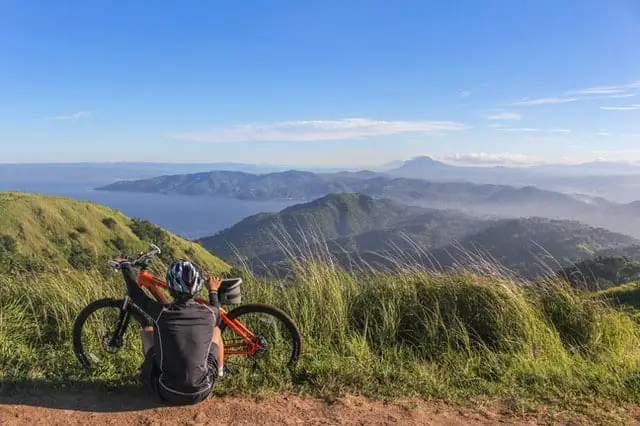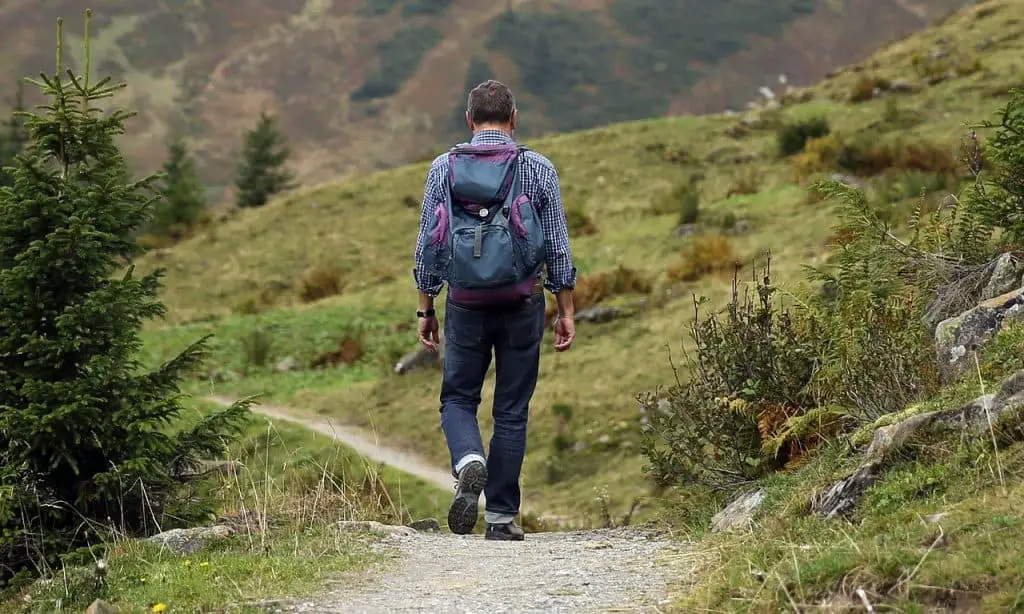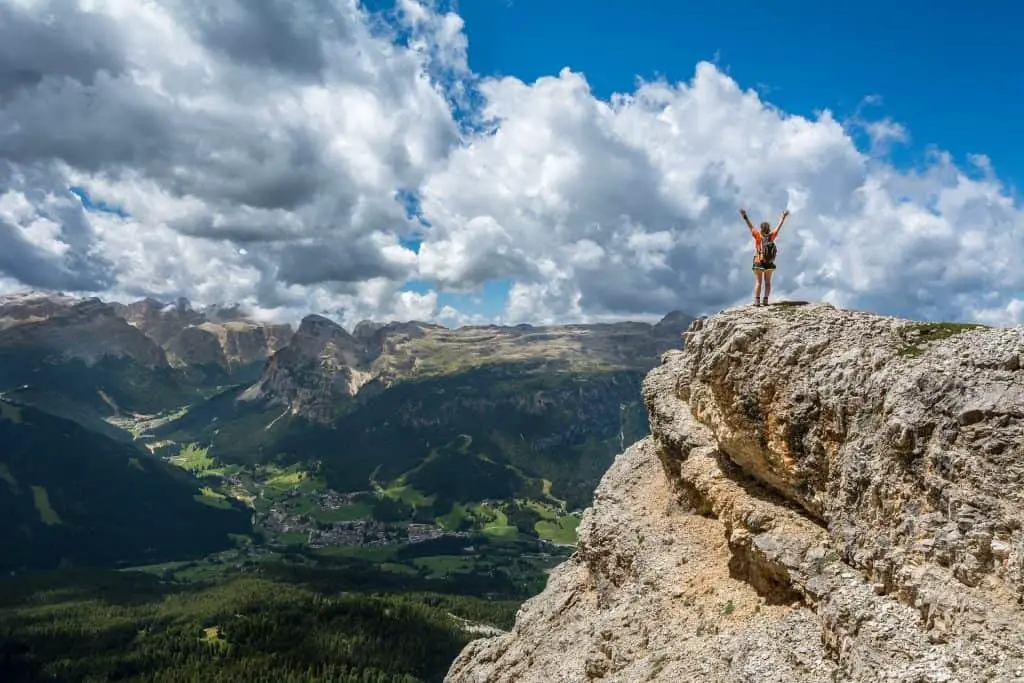If you’ve ever been hiking on some popular trails, you know how enjoyable and exciting of an adventure it can be. Unfortunately, there are many trails that don’t allow the use of bikes in order to preserve the trail and limit the damage caused by bike tires.
A popular question found on biking forums is, “can you bike on this trail?”
In this article, I decided to dig into some of the most popular hiking trails and find out whether or not biking is allowed.
Which Trails Allow Bikes?
Camino de Santiago Trail
Although the majority of people choose to walk this trail, you can use a bike on the Camino de Santiago. Only 5-8% of people go biking due to the long distance of the trail which requires cycling experience and bike maintenance.
Most cyclists travel to the trail in either early or late-season and the most common bike used is a mountain bike with front suspension. It’s also recommended to carry a bicycle tool kit to repair any flat tires or other damages while partaking in this 12-15 day adventure.
Florida Trail
The Florida Trail is mainly a hiking trail, but there are sections throughout it where biking is allowed. If the location has a hiking only sign, biking is prohibited in that area to prevent damage to the trail.
For those who want to ride the longest routes possible, there is a path in the Southern region of Florida that is 241 miles long and allows the use of a bike.
Ice Age Trail
Biking on the Ice Age Trail is only allowed on designated sections where the trail connects with paved bike trails. Otherwise, the only activities allowed are hiking, trail running, and snowshoeing along this 1,000-mile trail.
Even though the full trail is over 1,000 miles long, much of the trail is unmarked and hasn’t been added to the official trail. It’s possible that other sections of the trail will open up for bike use in the future as it becomes more explored.
Bruce Trail
The use of bikes is prohibited in all areas except on the paved road sections of the Bruce Trail. It’s dangerous to ride down the steep hills on a bike and can damage the trail that’s maintained for people walking.
Because of the mix of private and public land, the Bruce Trail has different rules for biking depending on the area of land. One section near the Pretty River Provincial Park is public land and sees the use of bike traffic as well as hiking.
North Country Trail
There are various sections throughout the North Country Trail where it’s open for additional activities like biking and cross country skiing. Only 115 miles of the trail encourage the use of bikes to limit the damage caused by the tires.
One section of the route that allows biking is located in Michigan and is around 40 miles round trip. Heading North or South of this track leads to the areas of North Country where only foot traffic should be used.
Continental Divide Trail
Thru-riding with mountain bikes is allowed on the majority of the Continental Divide Trail. Similar to the Pacific Crest and Appalachian Trail, there are areas where a bike could cause damage to the wilderness and shouldn’t be ridden.
There is the Great Divide Mountain Bike Route which is a cycling route that crosses over the Continental Divide and is over 2,500 miles long.
Colorado Trail
There are six areas on the Colorado Trail where biking is prohibited. For these wilderness sections, it’s required for bikers to take a detour around to not disturb the preserved area.
Wilderness areas are sections where land is in its natural state, and it’s against the federal regulations to use bicycles or other vehicles in those places.
Trans Canada Trail
The Trans Canada Trail is used for multiple activities, but biking is only encouraged on a few sections throughout the trail. It’s impossible to ride a bike end-to-end as there are portions of it that are water trails.
Burnaby Mountain is one segment on the trail that has steep climbs, sharp corners, and cycling is frequently done. Most areas with bikes will also have walkers and hikers so it’s important to watch the speed of downhill travel.
Pacific Crest Trail
Although biking is not allowed on the Pacific Crest Trail, there’s a 2,500-mile bicycle trail that goes parallel to the Pacific Crest Trail. These two trails cross the same location in 27 different areas alongside both routes.
The Pacific Crest Bicycle Trail is a paved bicycle touring trail that was designed to be a mirror location for the PCT. Some sections of this trail are unpaved and go through rougher terrain like grasslands and forests.
Arizona Trail
The Arizona Trail is one of the few National Scenic Trails that allow the use of mountain bikes on the route. Due to various wilderness restrictions, some areas are off- limit and cyclists should use the preferred routes as a detour.
Many sections of the trail were designed to meet the International Mountain Biking Association specifications. Some people who helped build the trail are active mountain bikers and provided great insight into the design.



